Code
HCS22193
Weight
3.6 Kg / 7.94 lbs
Size
Height
35cm (14") Width
25cm (10") Depth
8cm (3") Material
Copper
Availability
Available
Date Added
2020-12-30 04:54:59
Note : We used to sell this product 5 years ago so it may no longer be in our stock.
It is possible that we still have it with our suppliers but the price could be different from before.
Feel free to order. We will verify availability and inform you promptly.
It is possible that we still have it with our suppliers but the price could be different from before.
Feel free to order. We will verify availability and inform you promptly.

Safe Payment
We accept Paypal, Money Transfer, Bank Transfer
Confidence
Protection covers your purchase and personal data.
Worldwide Delivery
We ship Worldwide, except Russia.Shipping cost US$25.2 for upto 0.5 kgs

Hotline
Talk to help line for your question on 9841267335Double-color Oxidized
The Nepali Statue Of Vajrapani [chana Dorje], [painted Face], [gold And Silver Plated], With Double Color Oxidation. boasts a mesmerizing double-color oxidation finish, featuring a combination of darker and lighter shades of oxidation. This unique technique adds depth and complexity to the statue's appearance, creating a captivating visual effect. Through a meticulous oxidation process, certain areas of the Nepali Statue Of Vajrapani [chana Dorje], [painted Face], [gold And Silver Plated], With Double Color Oxidation. are intentionally oxidized to achieve a darker shade, while other areas are oxidized to a lighter tone. This deliberate contrast between the two shades creates a dynamic interplay of colors, enhancing the contours and details of the statue. Read More . . .
The Nepali Statue Of Vajrapani [chana Dorje], [painted Face], [gold And Silver Plated], With Double Color Oxidation. boasts a mesmerizing double-color oxidation finish, featuring a combination of darker and lighter shades of oxidation. This unique technique adds depth and complexity to the statue's appearance, creating a captivating visual effect. Through a meticulous oxidation process, certain areas of the Nepali Statue Of Vajrapani [chana Dorje], [painted Face], [gold And Silver Plated], With Double Color Oxidation. are intentionally oxidized to achieve a darker shade, while other areas are oxidized to a lighter tone. This deliberate contrast between the two shades creates a dynamic interplay of colors, enhancing the contours and details of the statue. Read More . . .
Lost-Wax System
This Vajrapani of Nepali Statue Of Vajrapani [chana Dorje], [painted Face], [gold And Silver Plated], With Double Color Oxidation. is made by the process of the Lost Wax system. This is a very complicated, time consuming and historic process of making metal sculptures.Which is why it is sometimes called Precision Casting as well. Hence the sculptures made by this process are comparatively expensive. There are many new, advanced and less time consuming methods of casting metal sculptures available as well. But due to the benefits provided by the traditional lost wax system in quality control and customization, we prefer the Loss wax system over Ceramic molding, or sand casting to make our Vajrapani.
Below we have tried to illustrate the process of making a loss wax system statue: Read More . . .
This Vajrapani of Nepali Statue Of Vajrapani [chana Dorje], [painted Face], [gold And Silver Plated], With Double Color Oxidation. is made by the process of the Lost Wax system. This is a very complicated, time consuming and historic process of making metal sculptures.Which is why it is sometimes called Precision Casting as well. Hence the sculptures made by this process are comparatively expensive. There are many new, advanced and less time consuming methods of casting metal sculptures available as well. But due to the benefits provided by the traditional lost wax system in quality control and customization, we prefer the Loss wax system over Ceramic molding, or sand casting to make our Vajrapani.
Below we have tried to illustrate the process of making a loss wax system statue: Read More . . .
Brief Introduction :
Vajrapaṇi is one of the earliest bodhisattvas of Mahayana Buddhism. He is the protector and guide of the Buddha, and rose to symbolize the Buddha's power. Vajrapani was used extensively in Buddhist iconography as one of the three protective deities surrounding the Buddha. Each of them symbolizes one of the Buddha's virtues: Manjusri (the manifestation of all the Buddhas' wisdom), Avalokitesvara (the manifestation of all the Buddhas' compassion) and Vajrapani (the manifestation of all the Buddhas' power). Furthermore, Vajrapani is one of the earliest Dharmapalas and one of the rare Buddhist deities to be worshiped in the original Zen Buddhism of the Shaolin Temple, Tibetan Buddhism, and even Pure Land Buddhism (where he is known as Mahasthamaprapta). Manifestations of Vajrapani can also be found in many Buddhist temples in Japan as Dharma protectors called Nio.
Iconography :Vajrapani is pictured dancing wildly within a halo of flames, which represent transformation.
He holds a vajra (thunderbolt) in his right hand, which emphasizes the power to cut through the darkness of delusion. Vajrapani looks wrathful, but as a representation of the enlightened mind, heâs completely free from hatred.
Vajrapaniâs mantra is simply his name, which means "wielder of the thunderbolt", framed between the mystical syllables Om and Hūm. This mantra helps us to gain access to the irrepressible energy that Vajrapani symbolizes. A familiarity with Vajrapani does, of course, help here, although the sound of the mantra is itself rather energetic.
Mantra :He holds a vajra (thunderbolt) in his right hand, which emphasizes the power to cut through the darkness of delusion. Vajrapani looks wrathful, but as a representation of the enlightened mind, heâs completely free from hatred.
Vajrapaniâs mantra is simply his name, which means "wielder of the thunderbolt", framed between the mystical syllables Om and Hūm. This mantra helps us to gain access to the irrepressible energy that Vajrapani symbolizes. A familiarity with Vajrapani does, of course, help here, although the sound of the mantra is itself rather energetic.
The Mantra oṃ vajrapāṇi hūṃ phaṭ is associated with Vajrapani. His Seed Syllable is hūṃ.
Matra of Vajrapani
oṃ va jra pā ṇi hūṃ
oṃ vajrapāṇi hūṃ
oṃ vajrapāṇi hūṃ


![Nepali Statue Of Vajrapani [chana Dorje], [painted Face], [gold And Silver Plated], With Double Color Oxidation.](https://handicraftseller.com/uploads/pics/product/thumb/2020/12/22193.jpg)
![Nepali Statue Of Vajrapani [chana Dorje], [painted Face], [gold And Silver Plated], With Double Color Oxidation.](https://handicraftseller.com/uploads/pics/product/thumb/2020/12/22193_0.jpg)
![Nepali Statue Of Vajrapani [chana Dorje], [painted Face], [gold And Silver Plated], With Double Color Oxidation.](https://handicraftseller.com/uploads/pics/product/thumb/2020/12/22193_1.jpg)
![Nepali Statue Of Vajrapani [chana Dorje], [painted Face], [gold And Silver Plated], With Double Color Oxidation.](https://handicraftseller.com/uploads/pics/product/thumb/2020/12/22193_2.jpg)
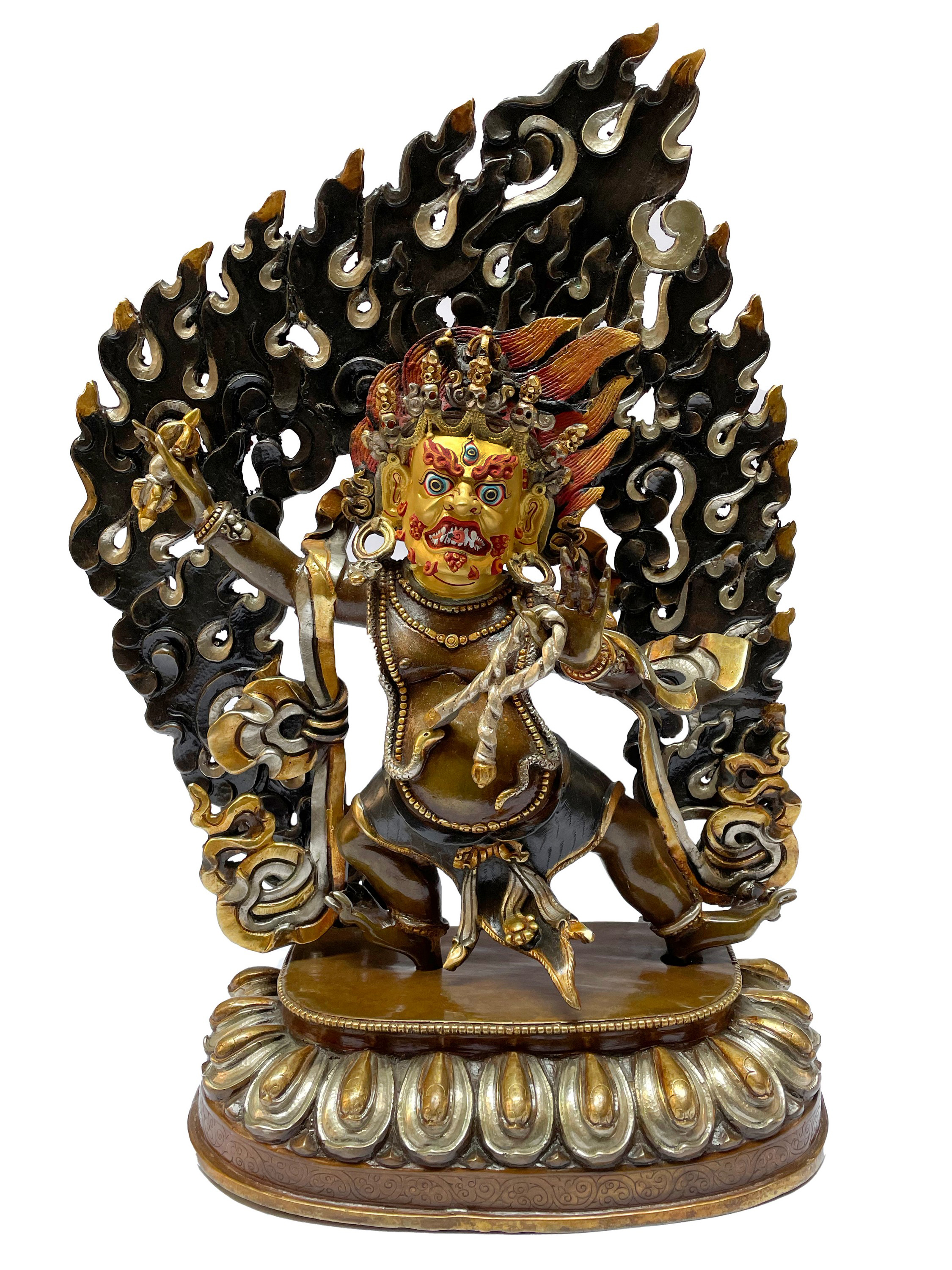



































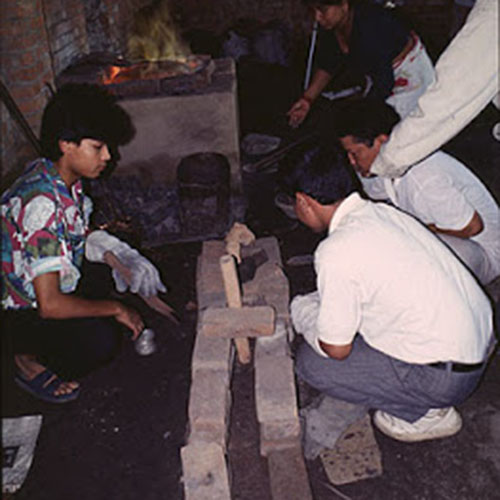
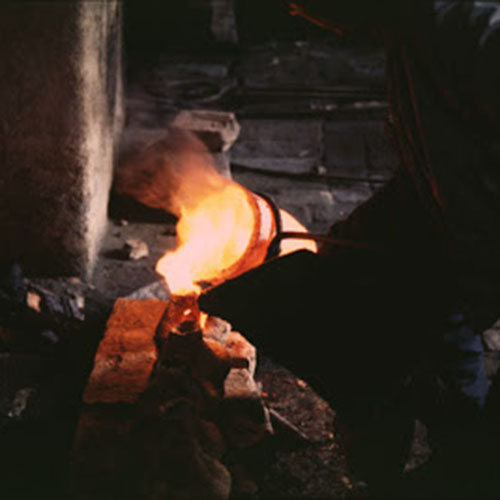

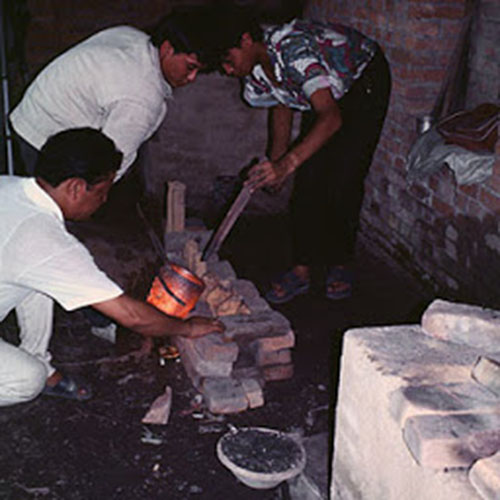
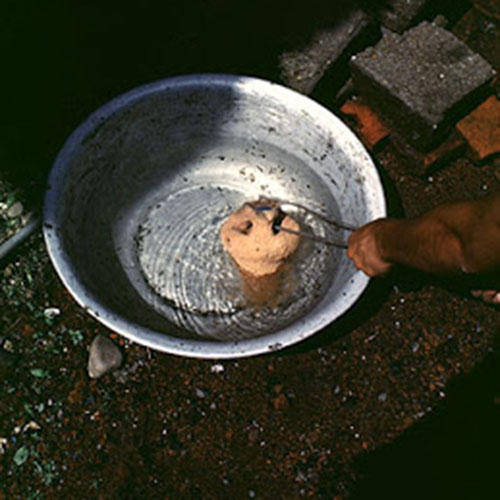
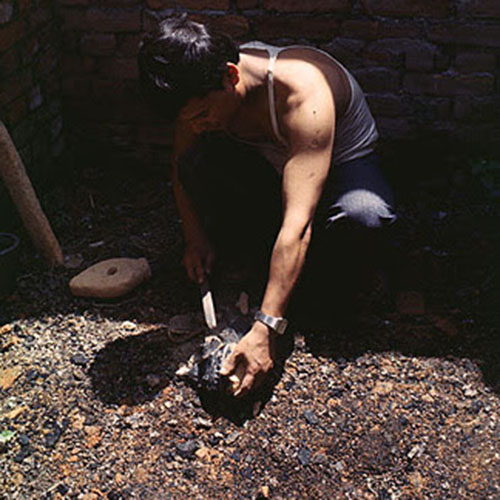





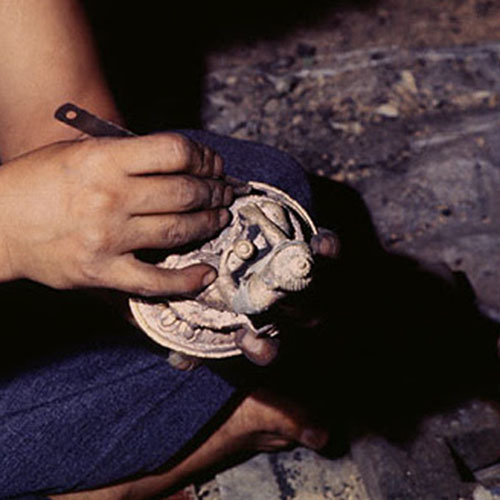
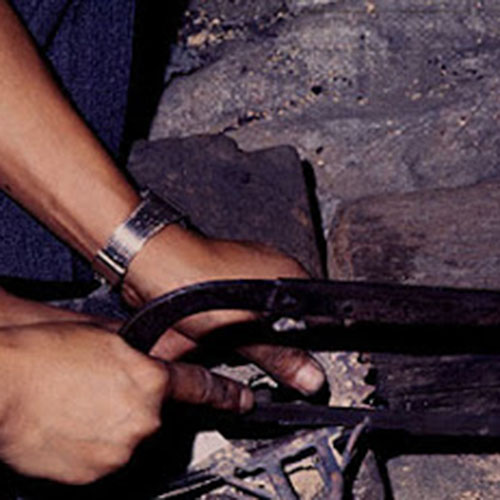
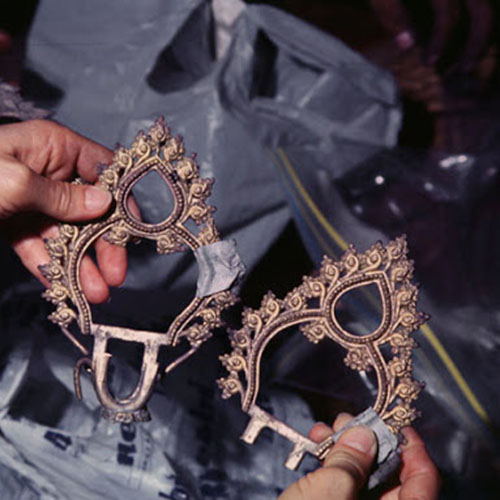



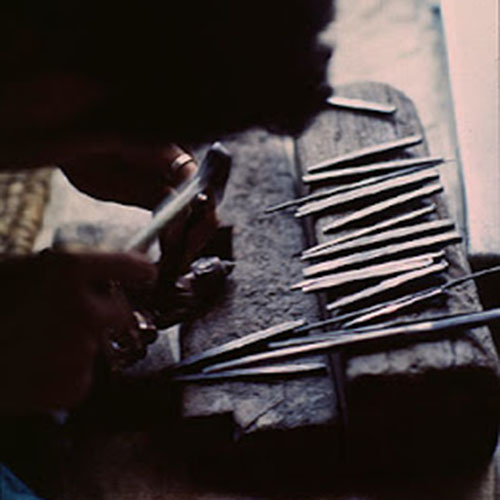
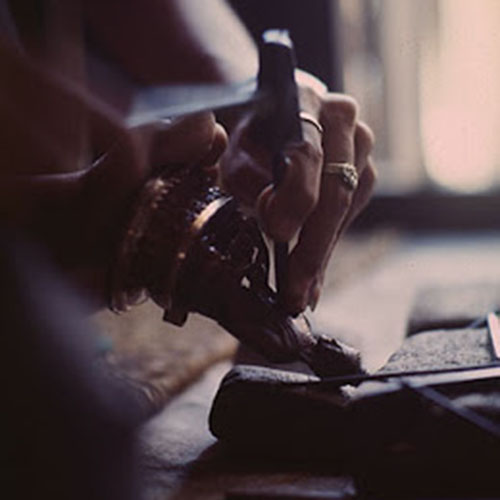
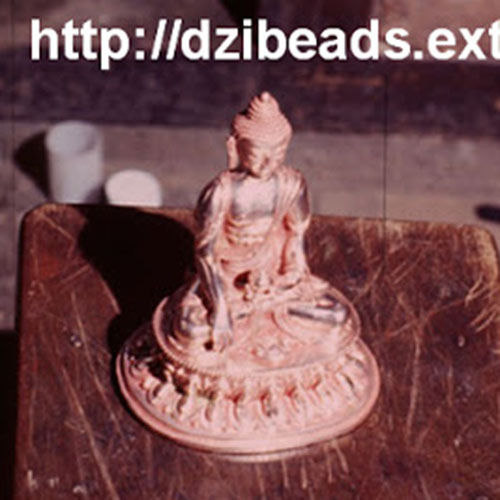
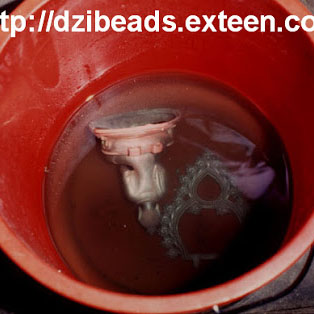
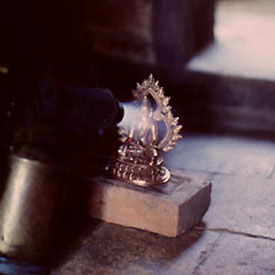
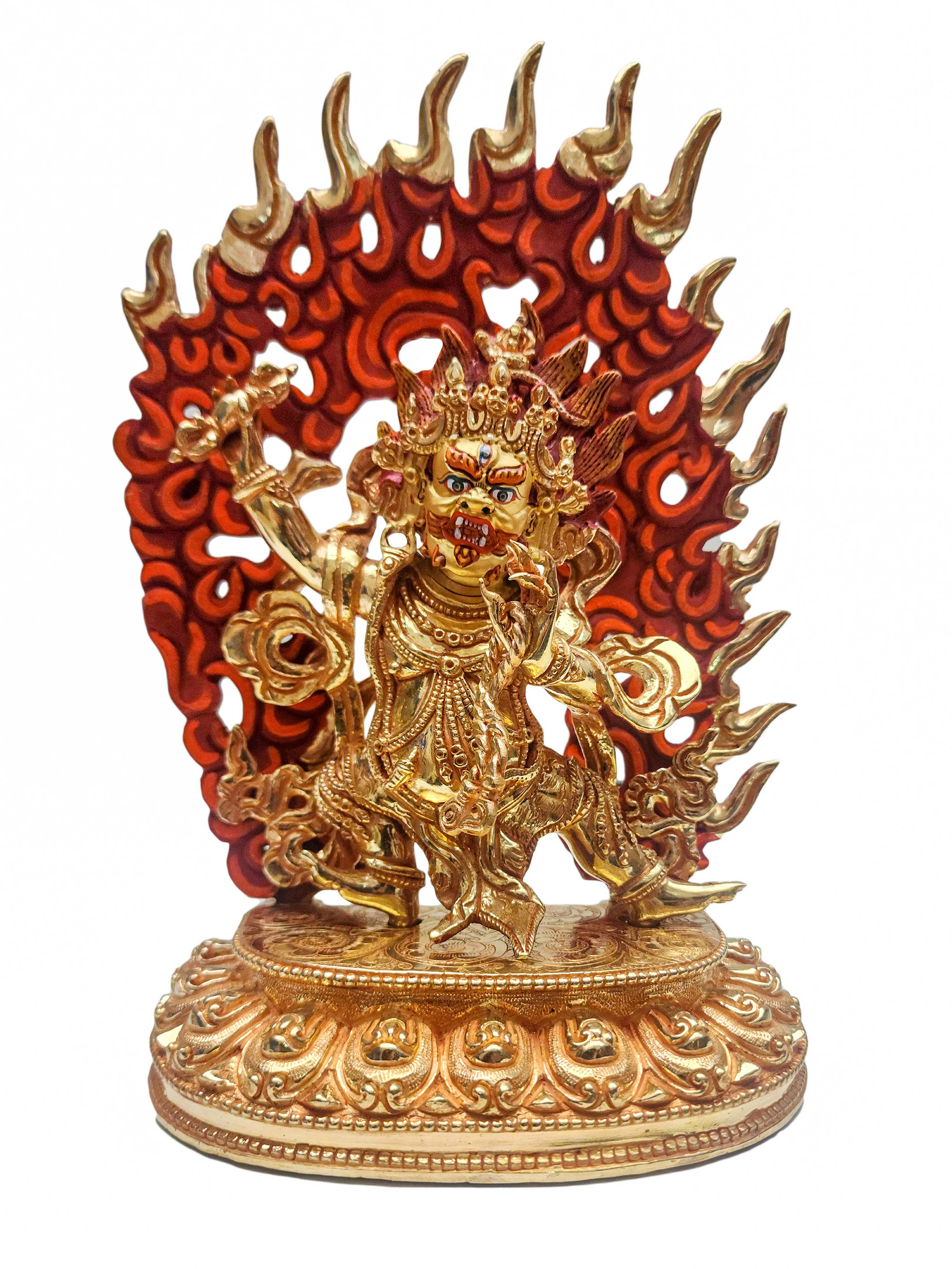 Vajrapani, Buddhist Handmade Statue,
Vajrapani, Buddhist Handmade Statue, 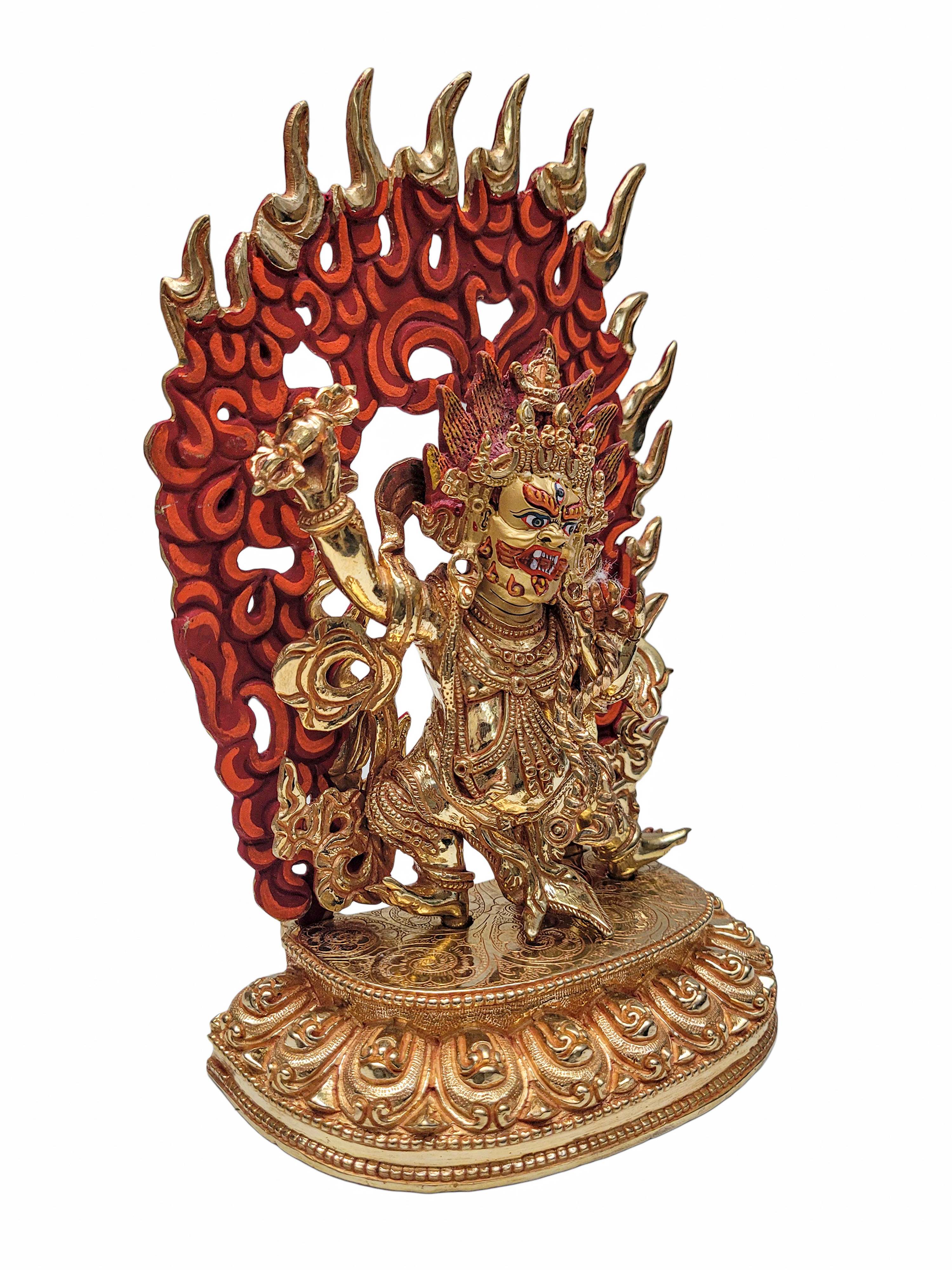 Vajrapani, Buddhist Handmade Statue,
Vajrapani, Buddhist Handmade Statue, 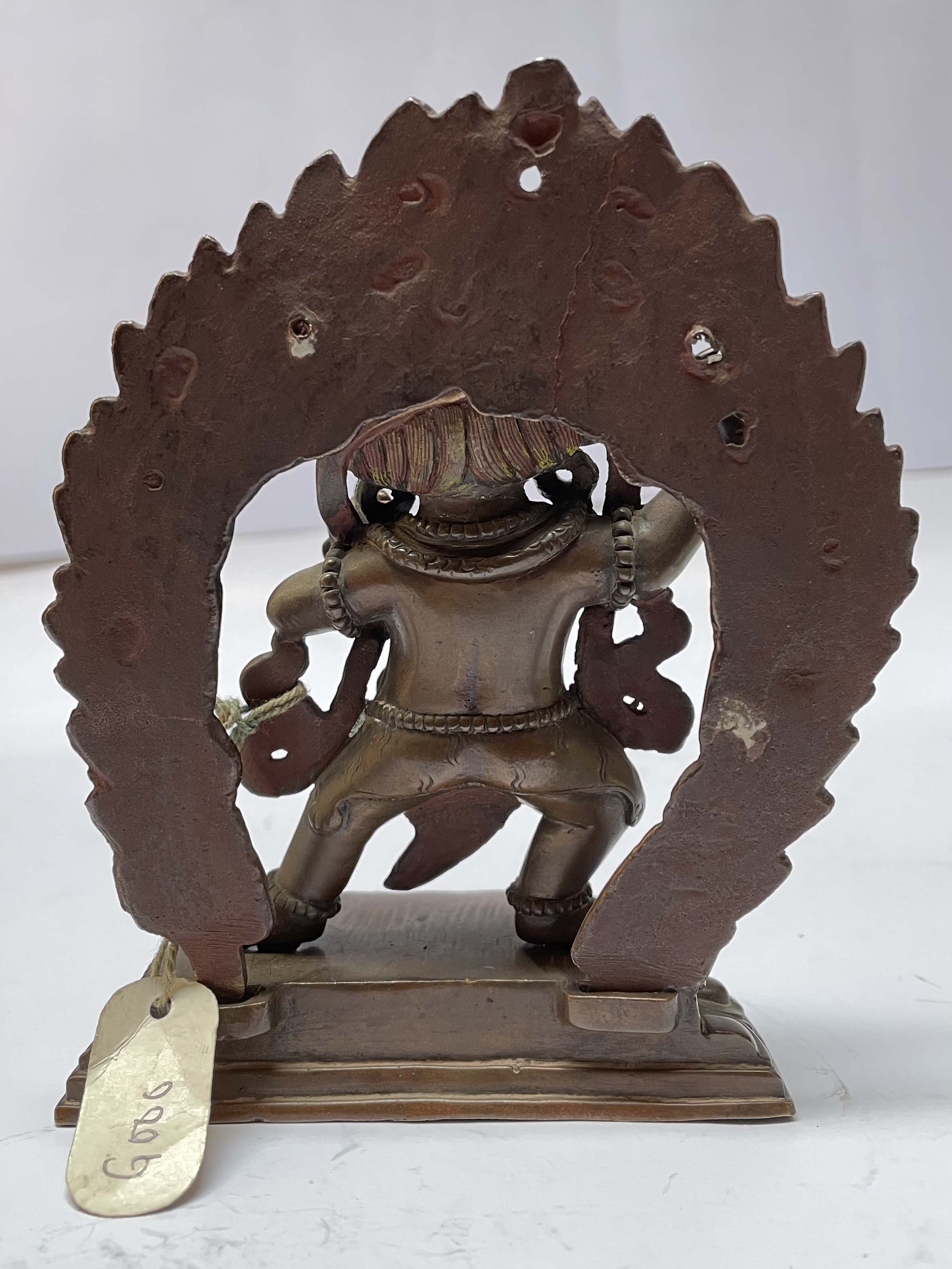 of Vajrapani
of Vajrapani 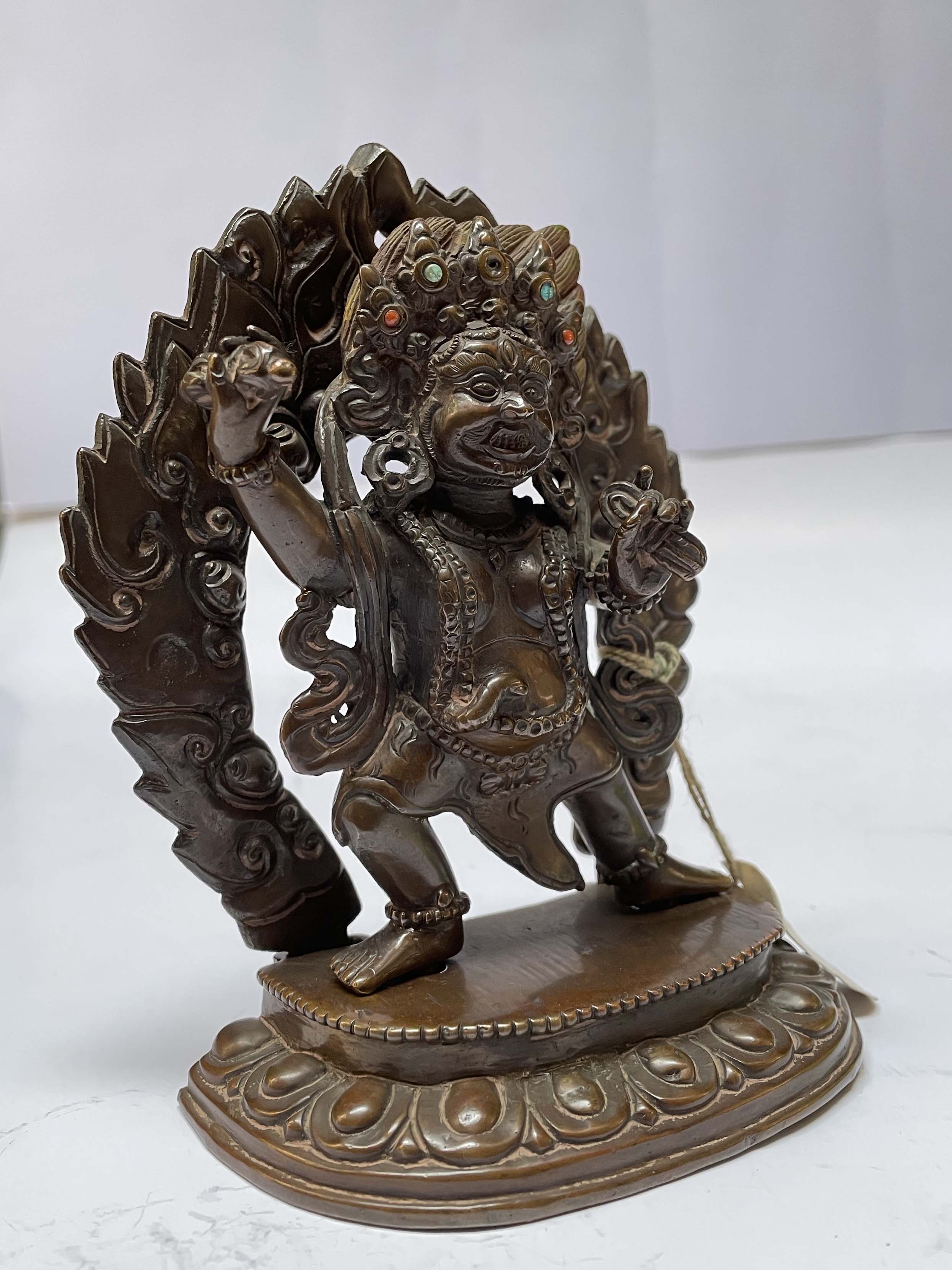 of Vajrapani
of Vajrapani 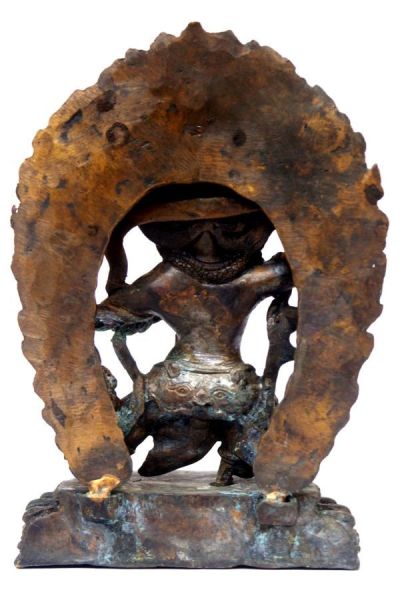 Antique Finishing" title="Vajrapani,
Antique Finishing" title="Vajrapani, 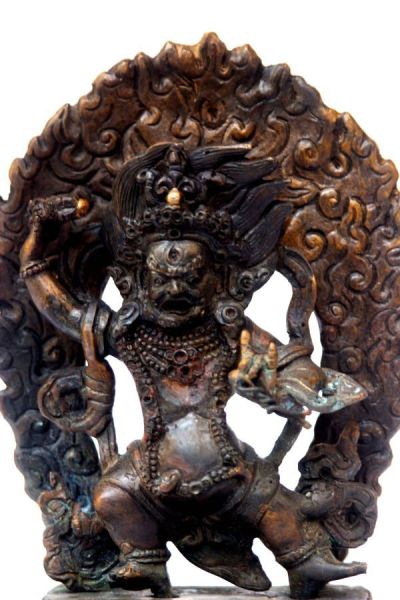 Antique Finishing" title="Vajrapani,
Antique Finishing" title="Vajrapani, 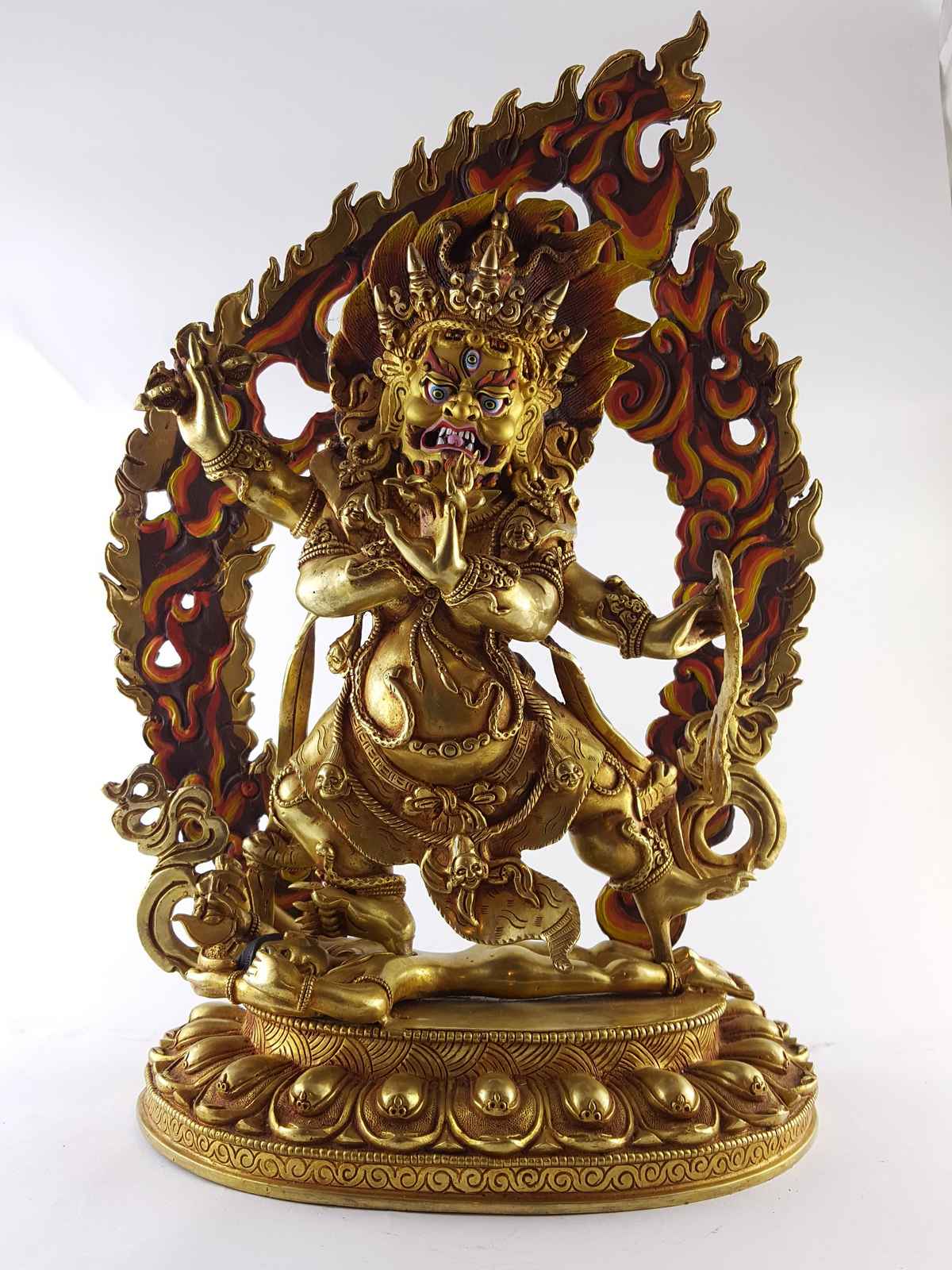 Copper,
Copper, 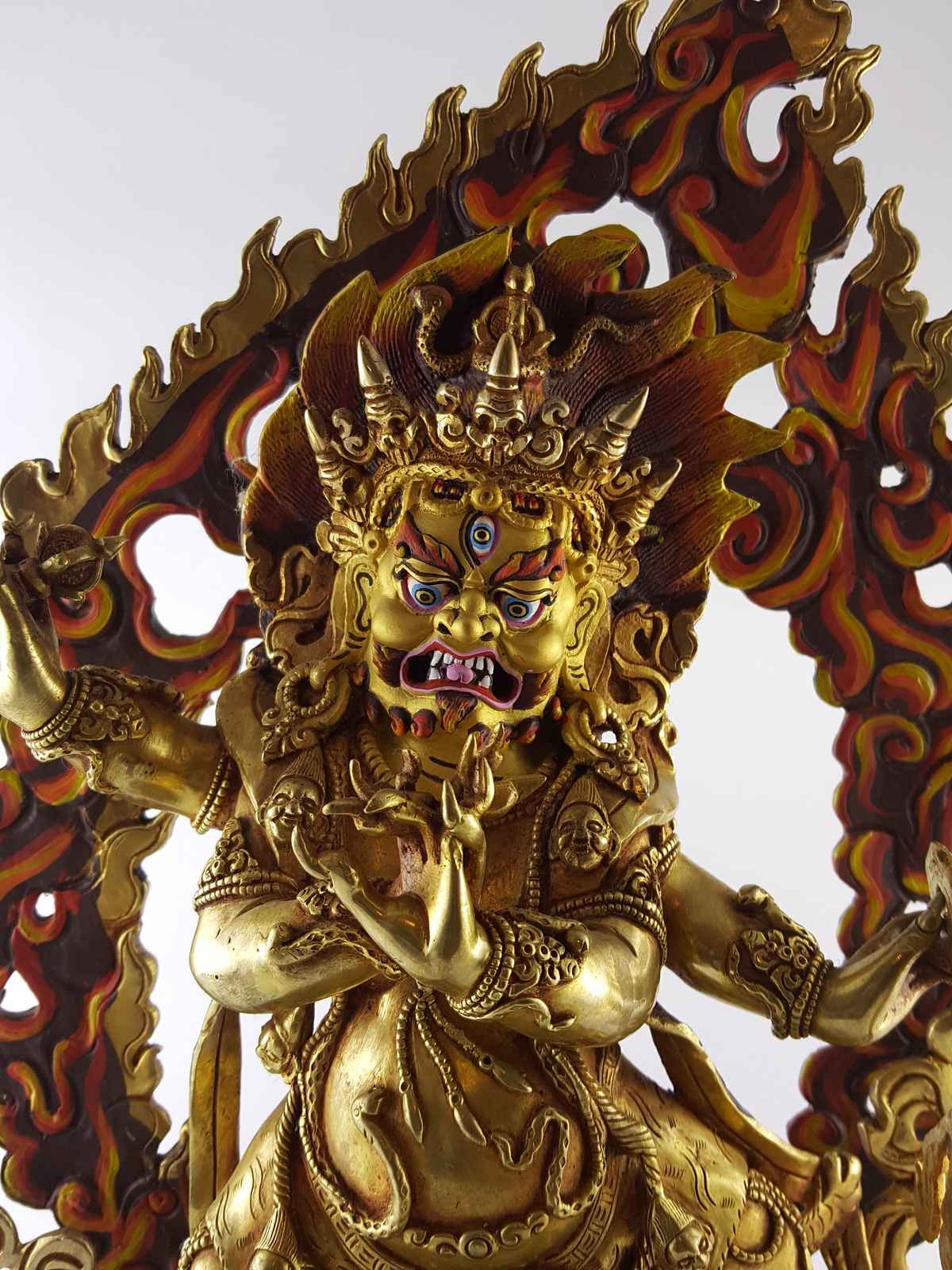 Copper,
Copper, 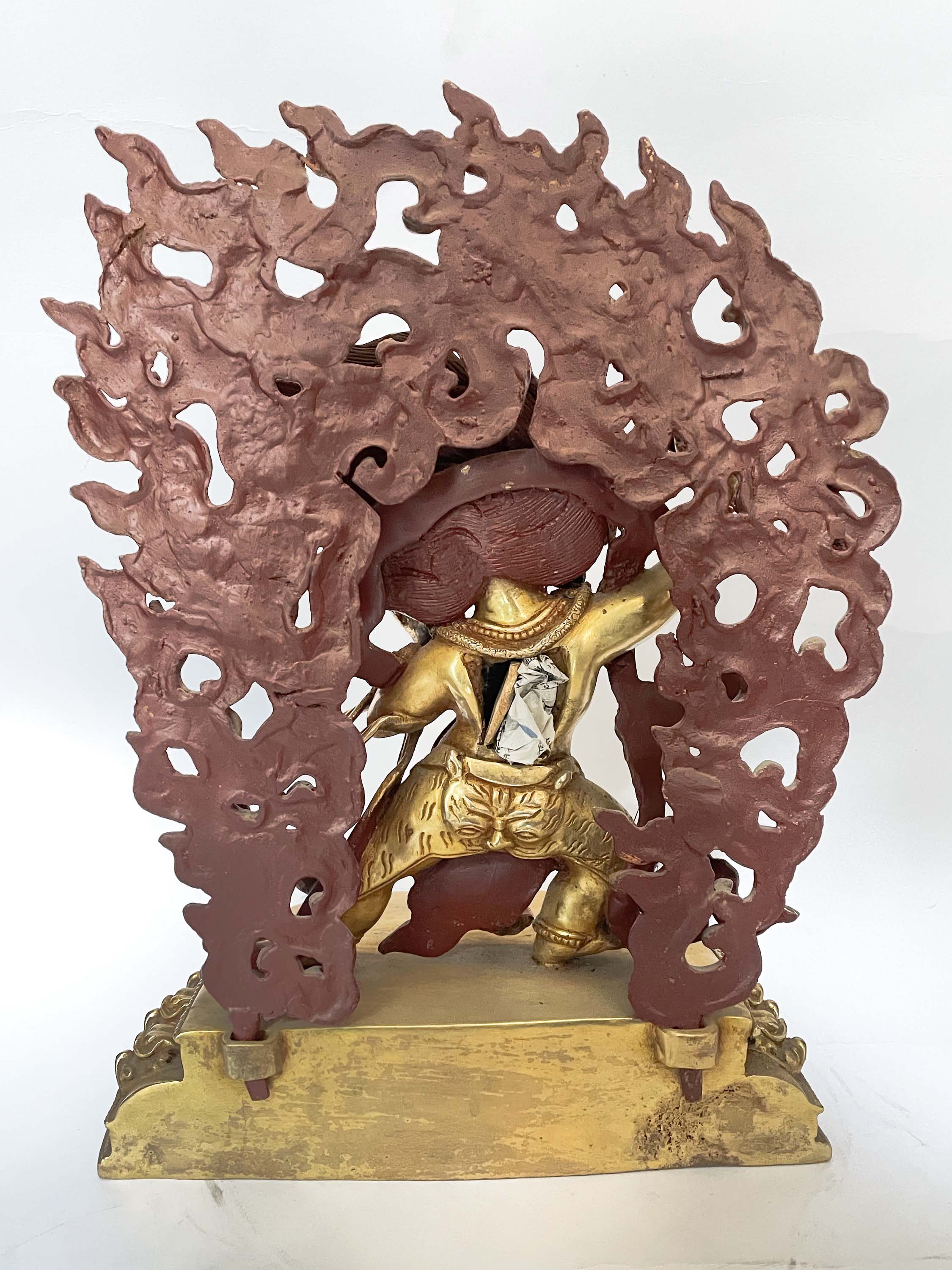 of Vajrapani
of Vajrapani 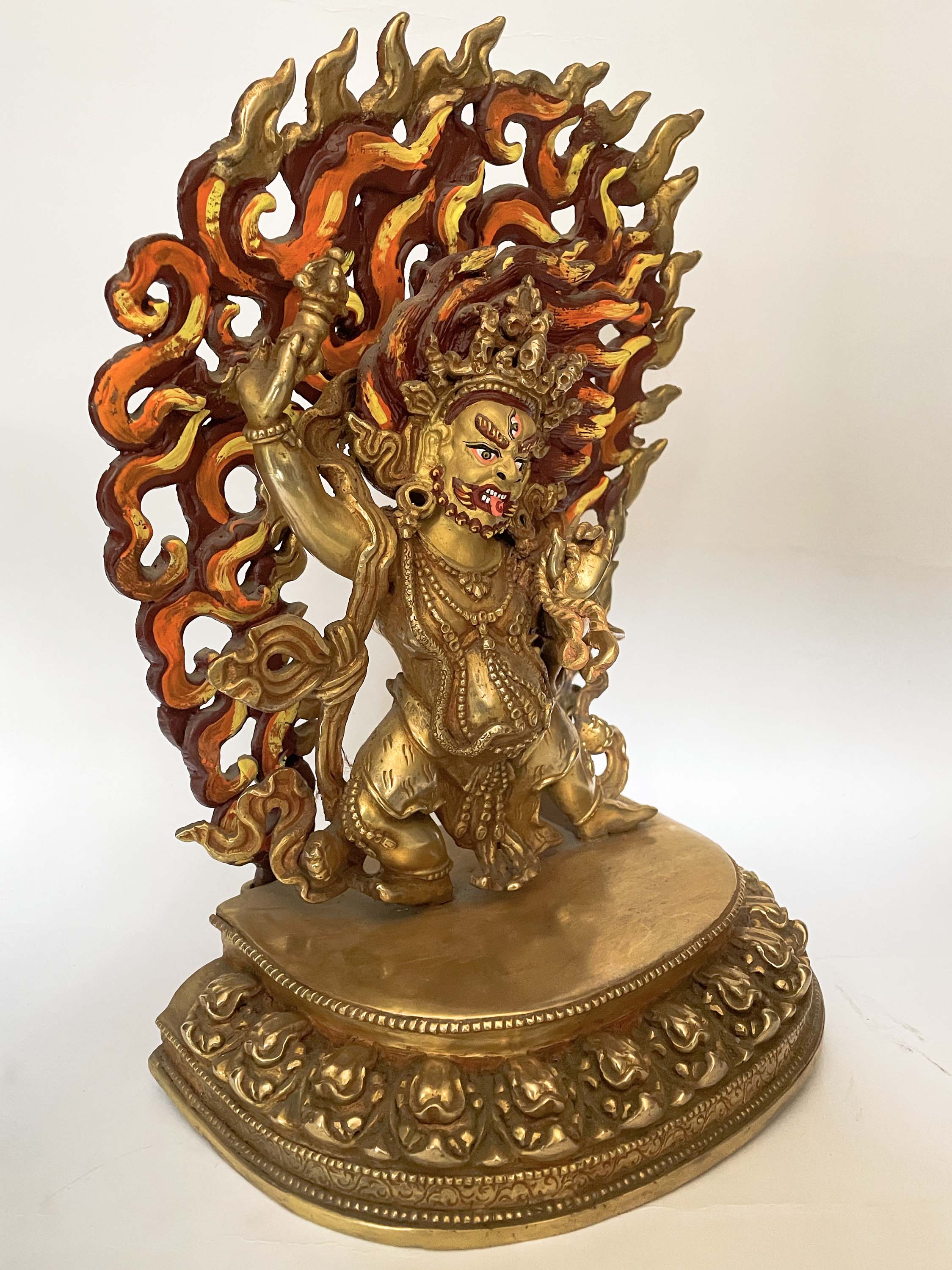 of Vajrapani
of Vajrapani 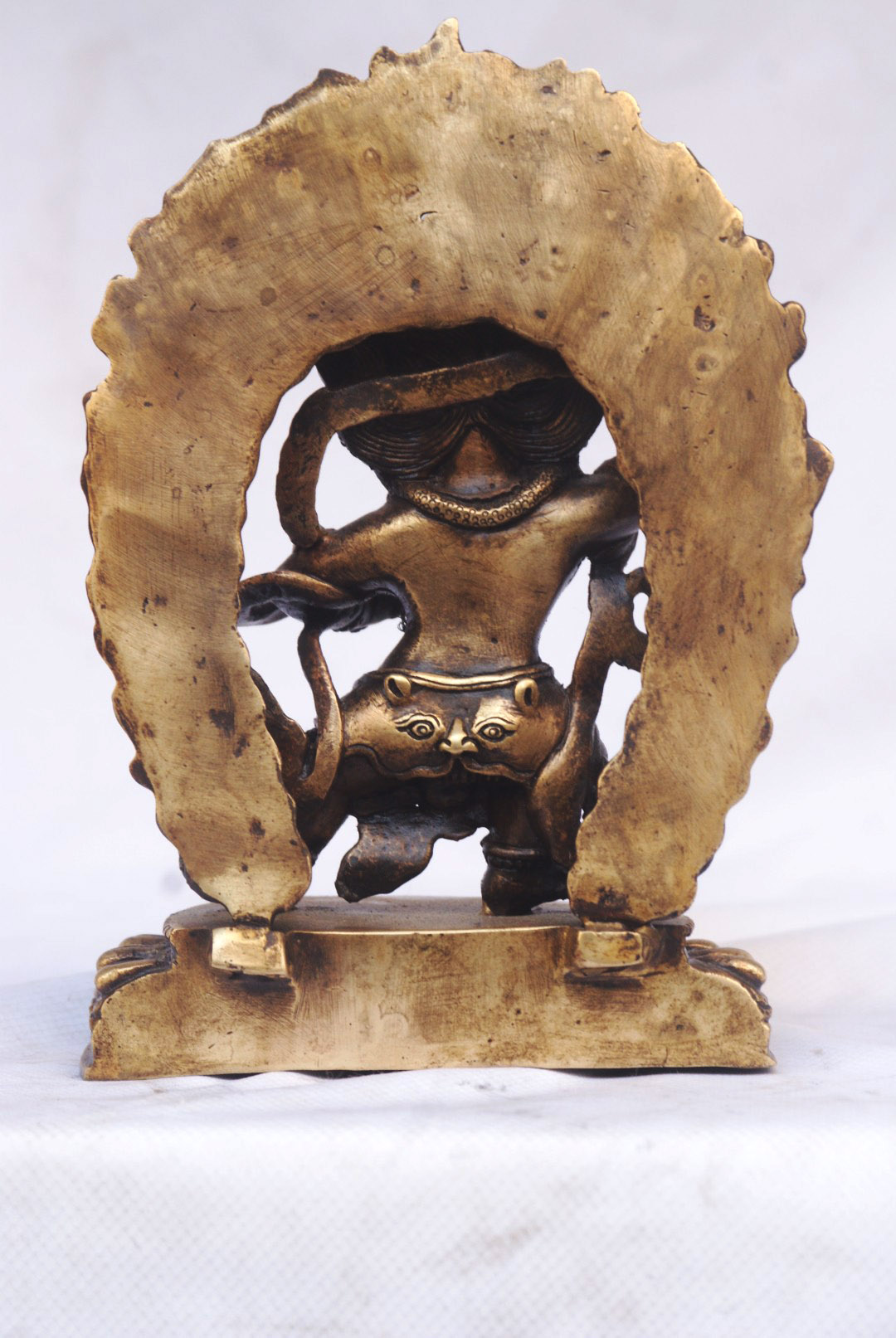 Bronze,
Bronze, 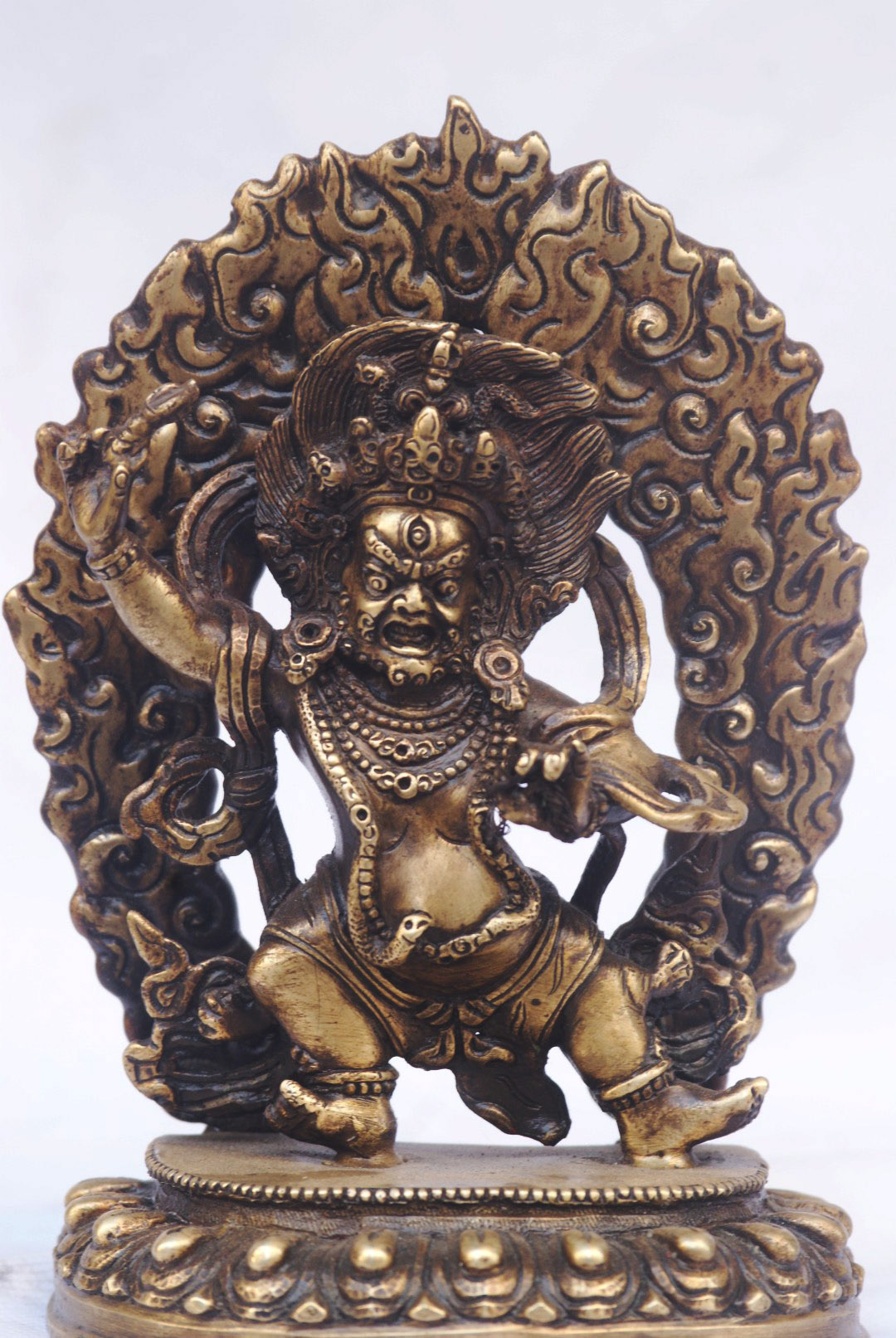 Bronze,
Bronze, 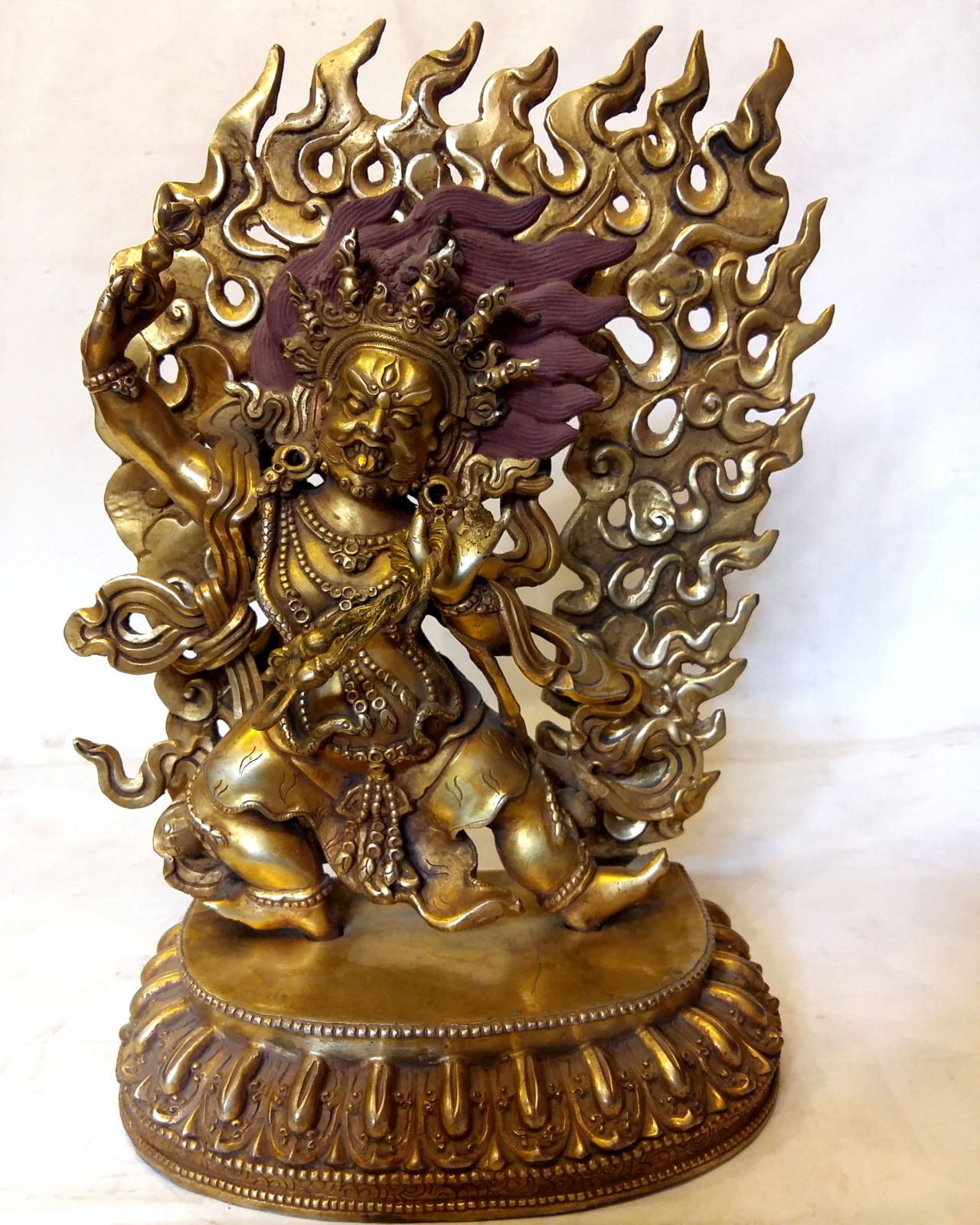 Full Fire Gold Plated,
Full Fire Gold Plated, 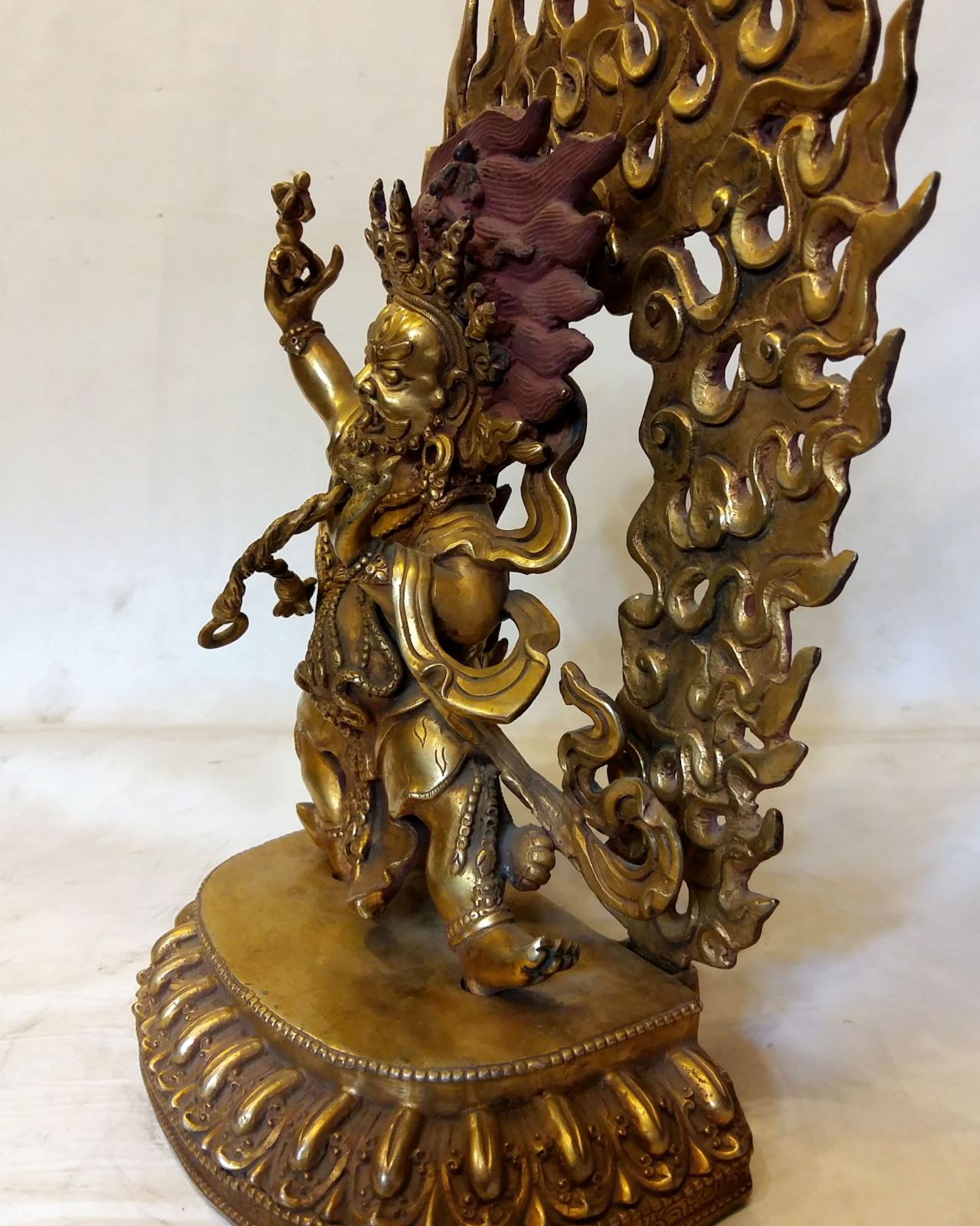 Full Fire Gold Plated,
Full Fire Gold Plated, 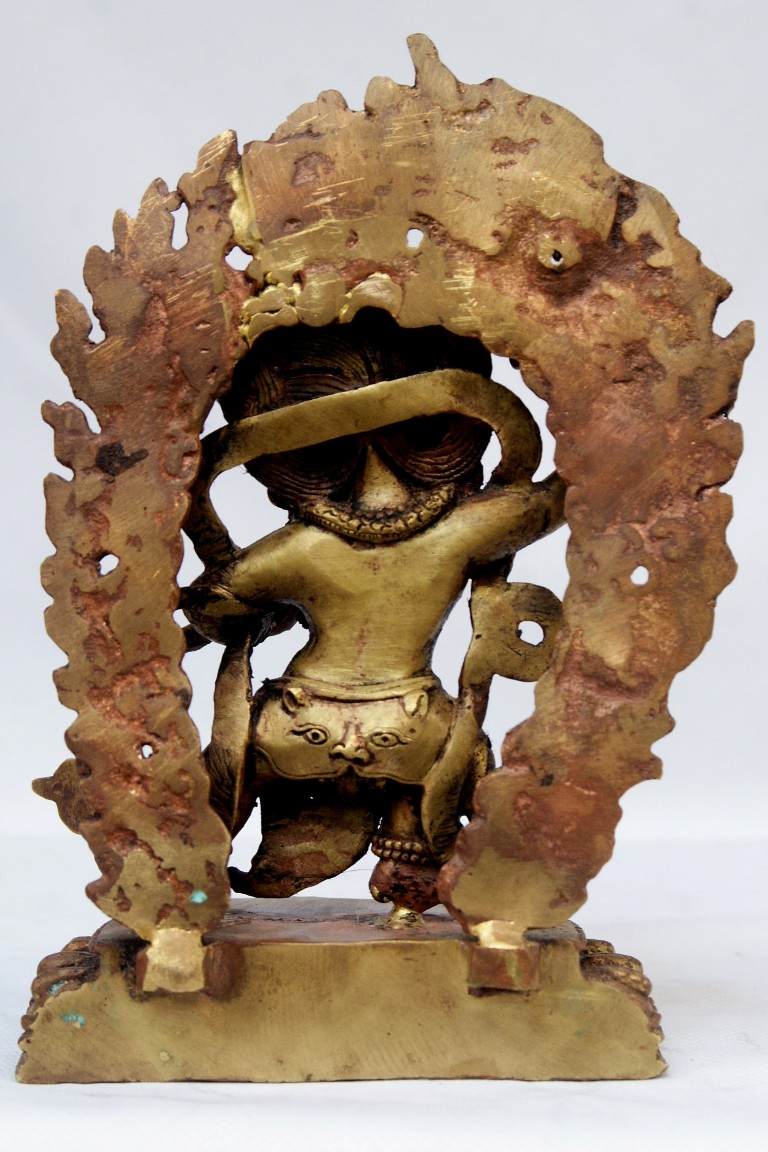 Bronze Finishing,
Bronze Finishing, 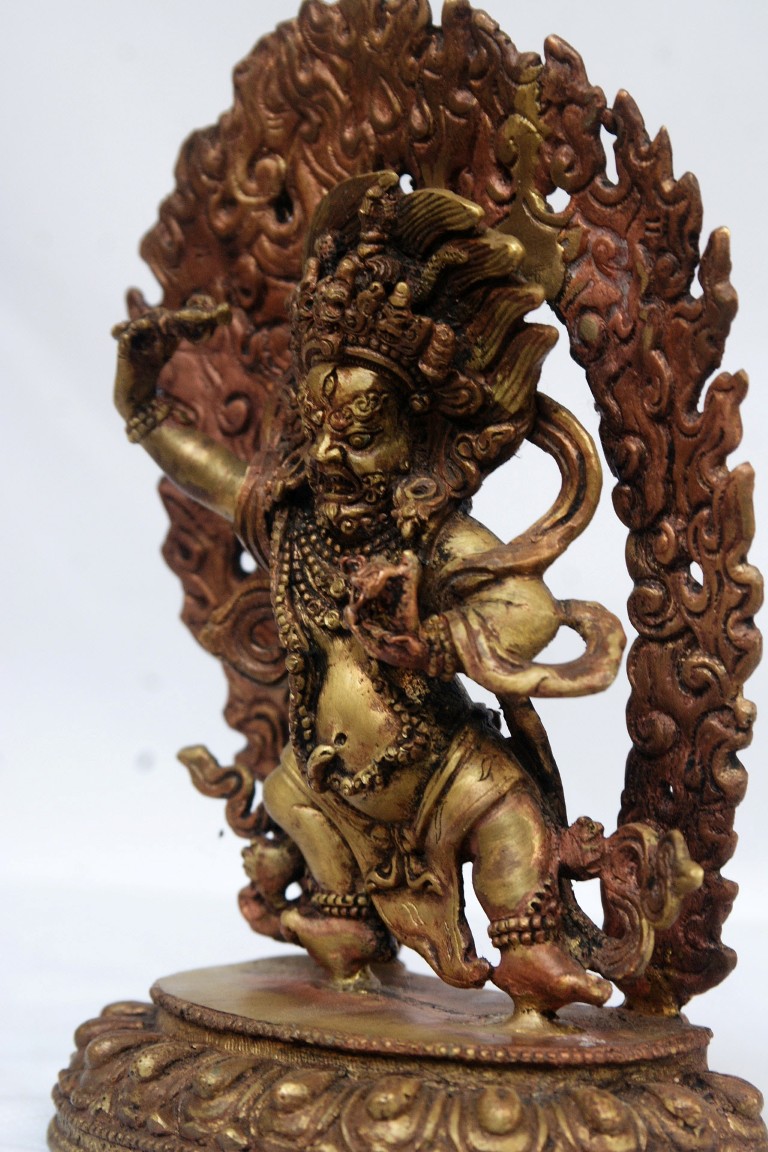 Bronze Finishing,
Bronze Finishing, 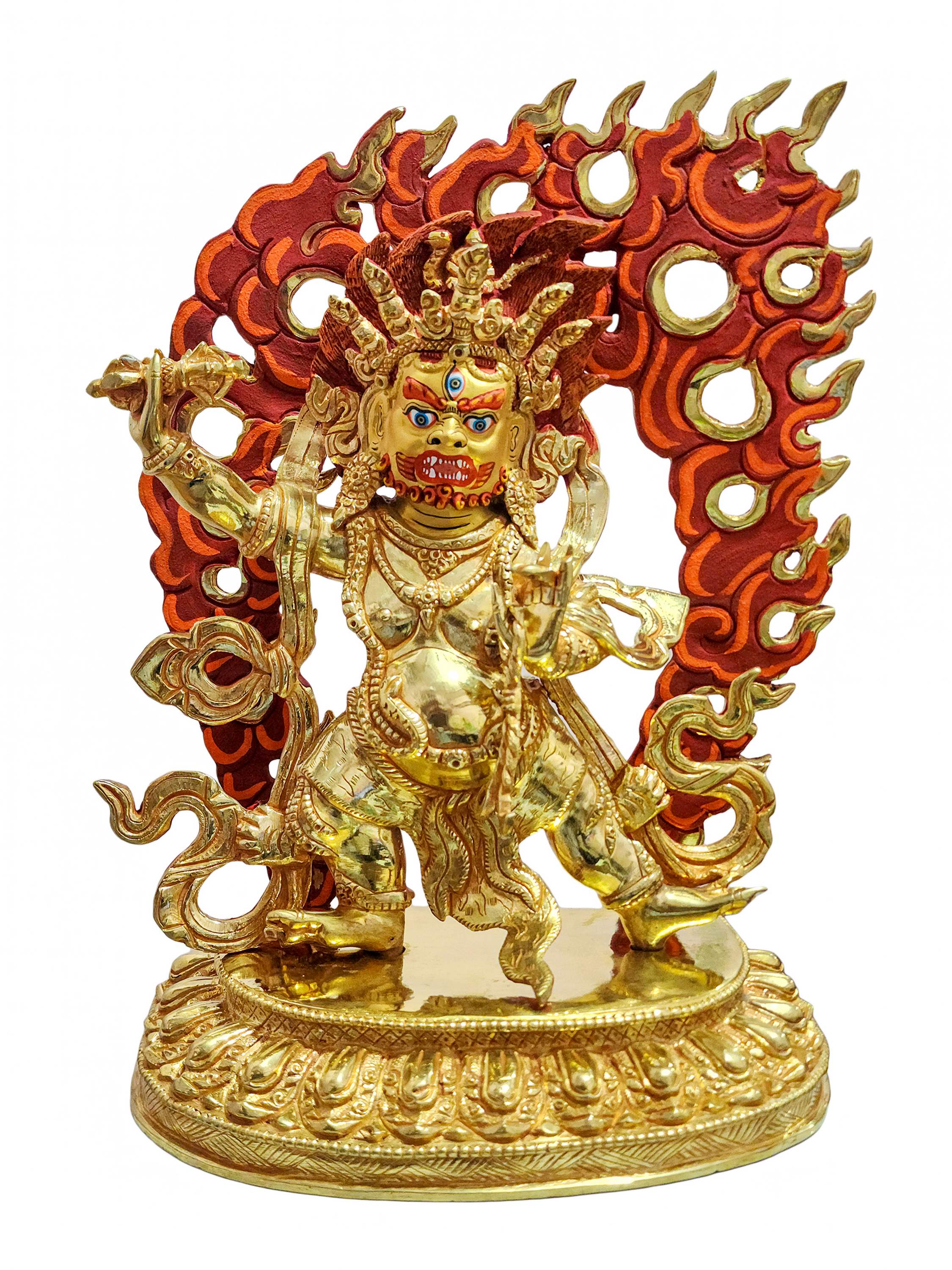 of
of 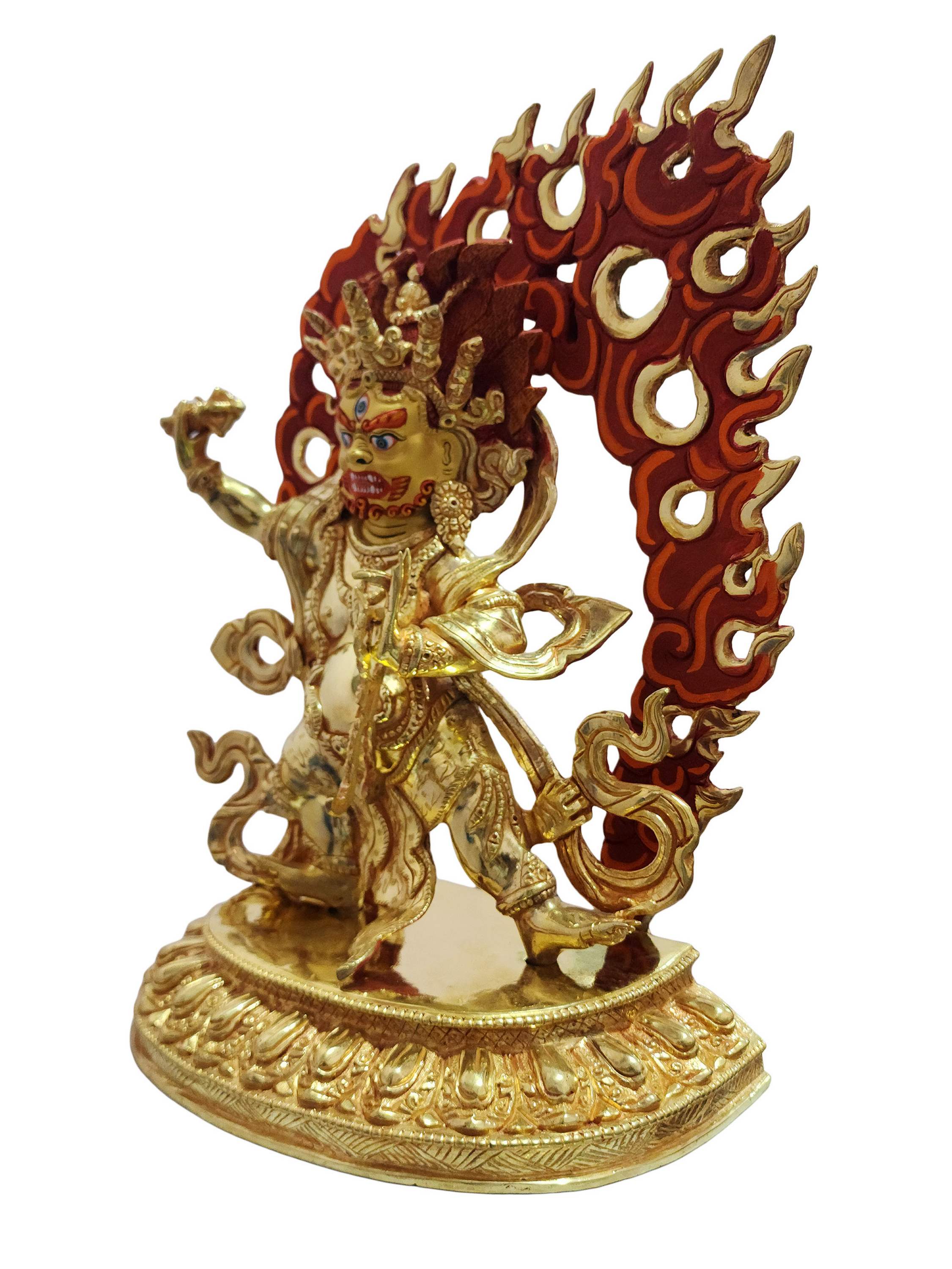 of
of 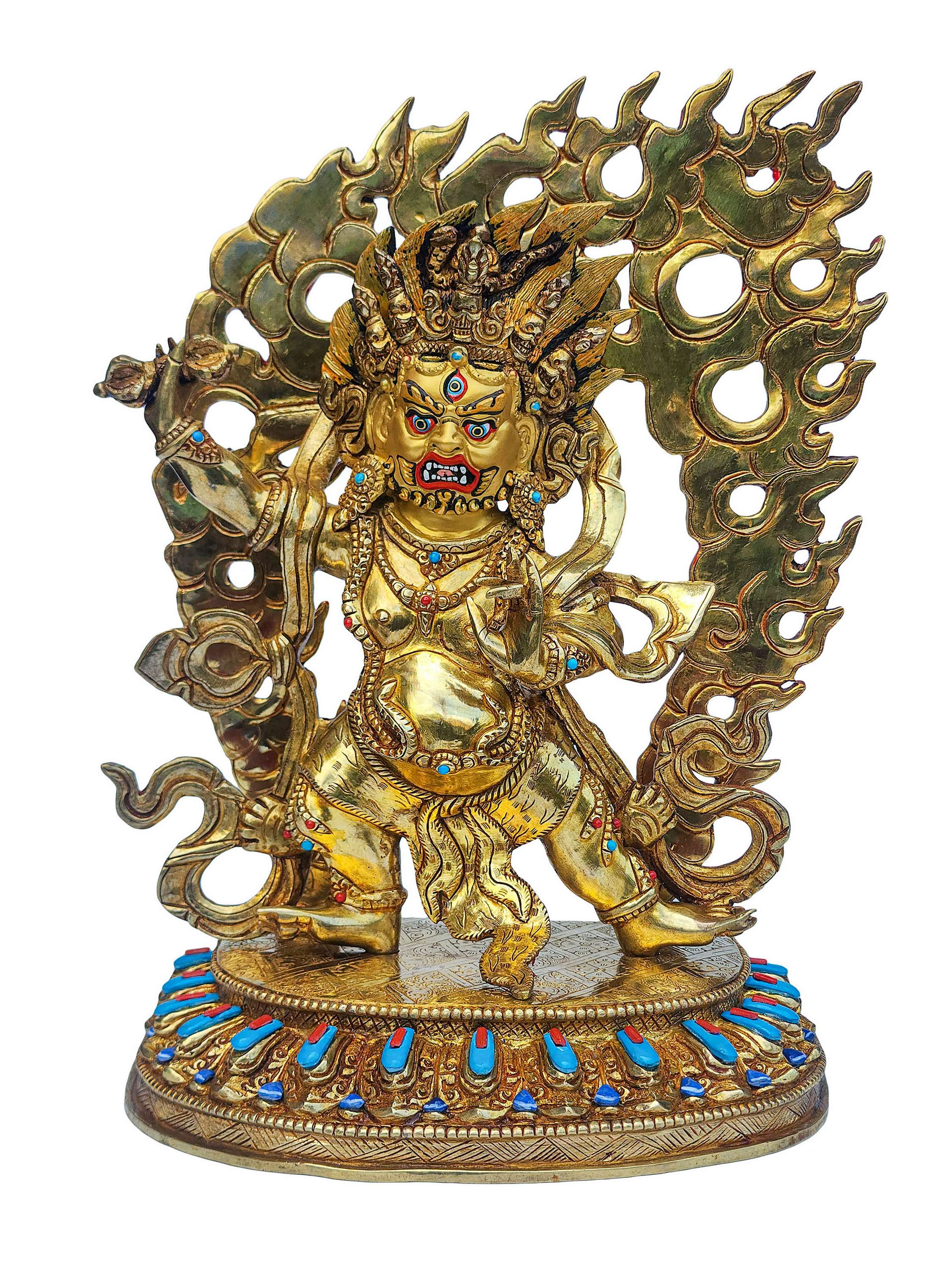 Face Painted,
Face Painted, 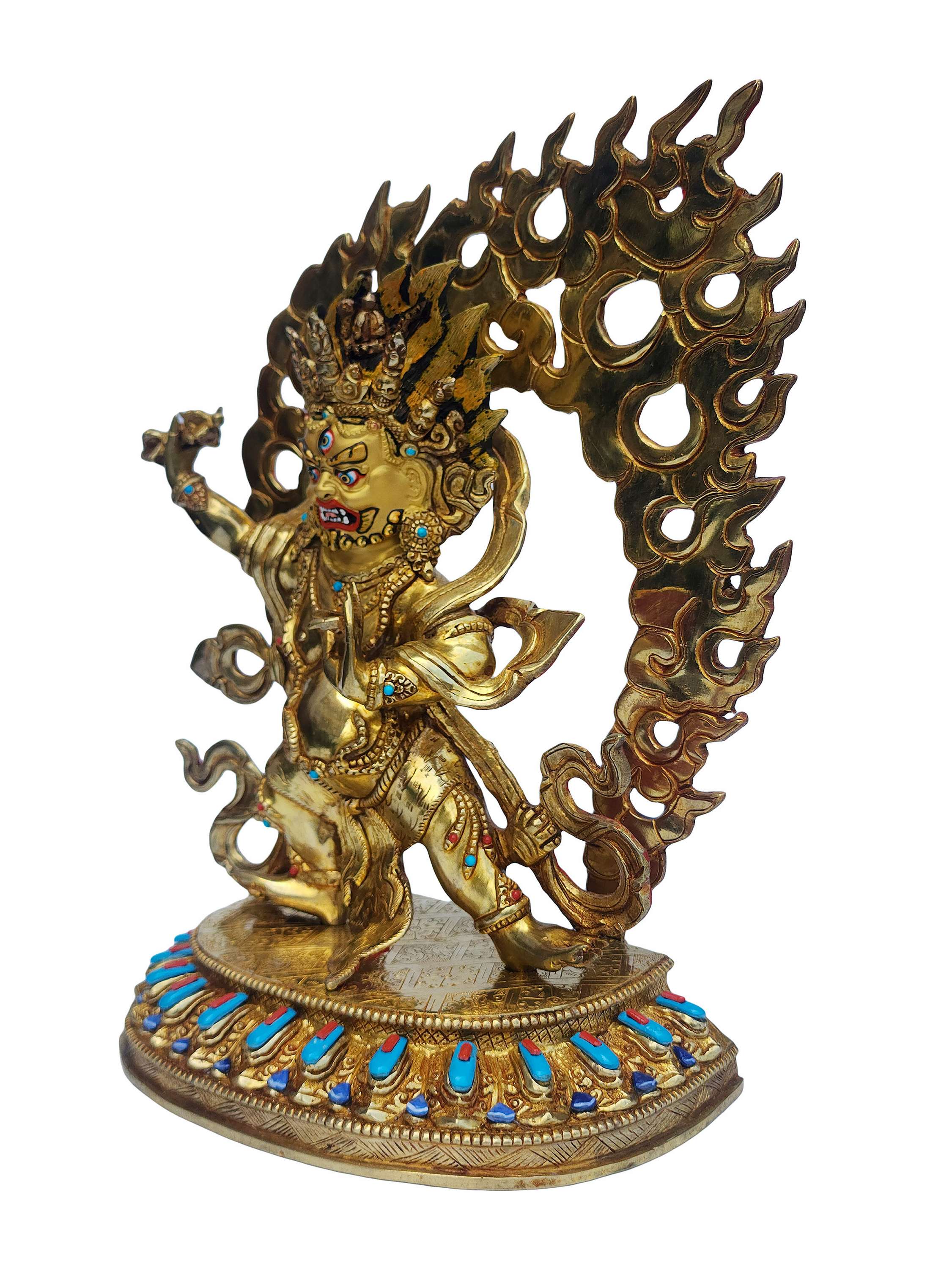 Face Painted,
Face Painted,